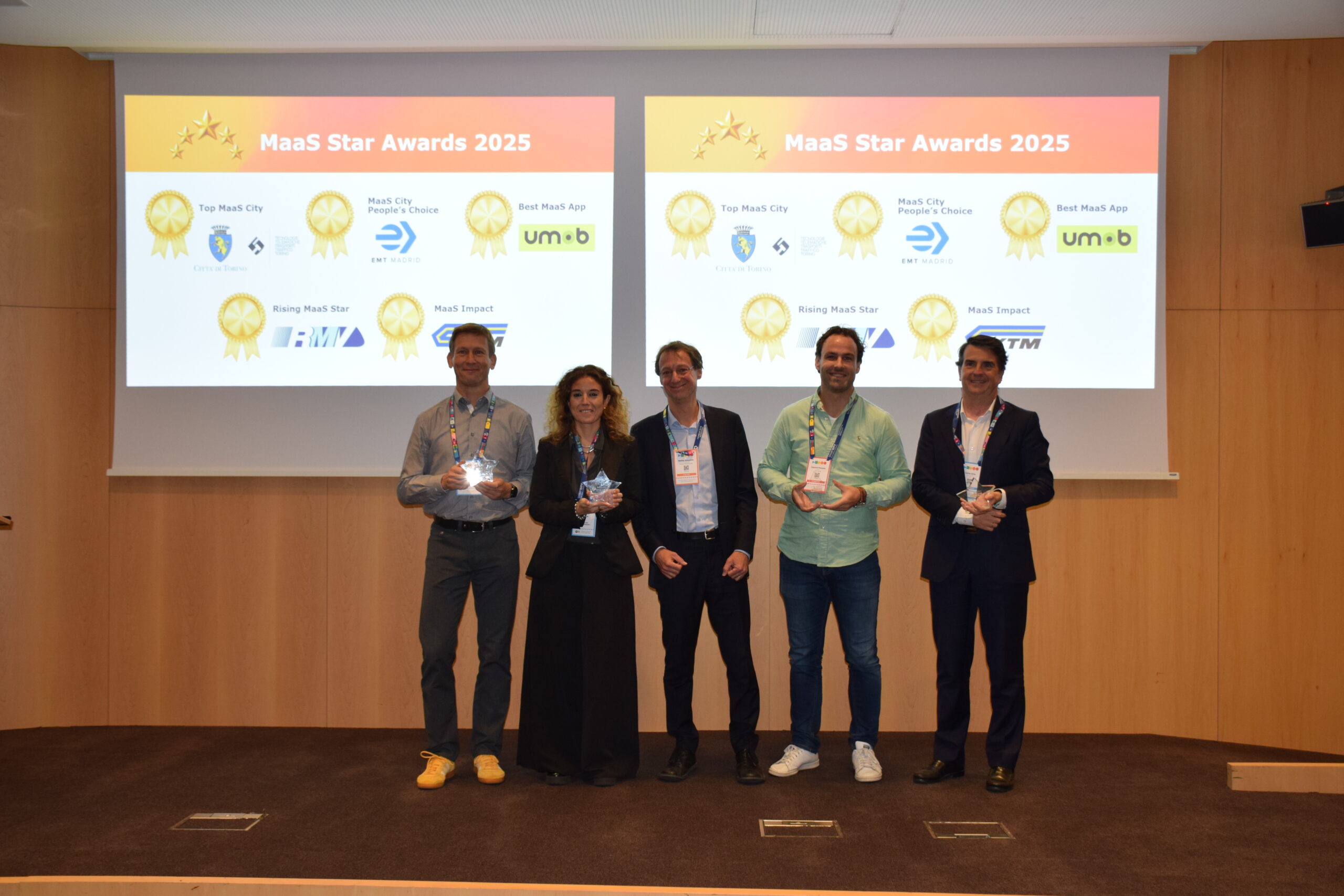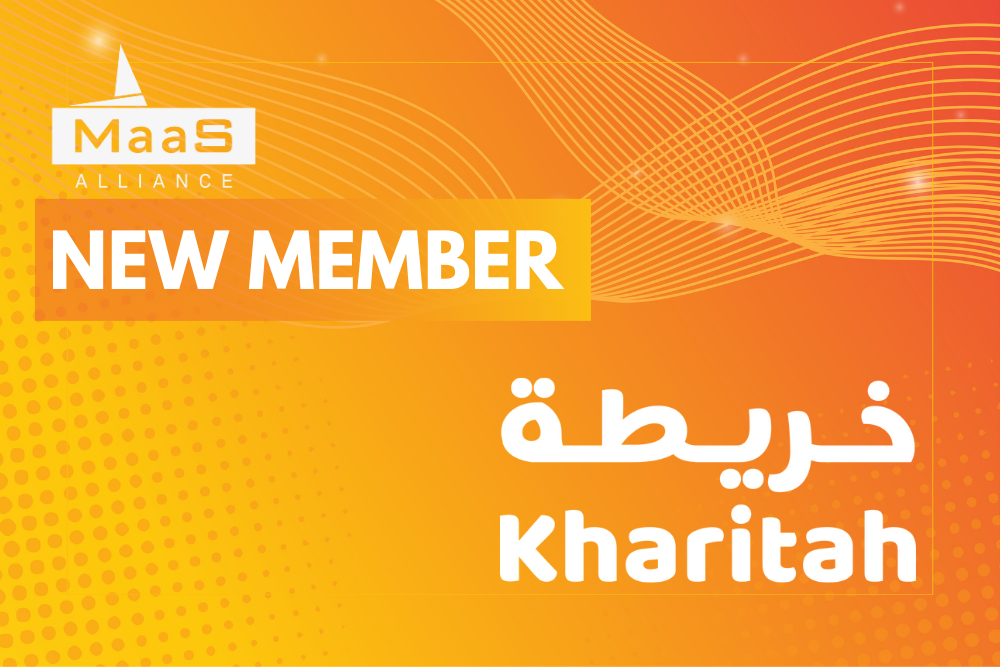As we start 2021 with grand plans and ambitions for the MaaS Alliance, welcoming new members all over the globe, we continue to explore what brought us here. We take the opportunity to celebrate our achievements and activities of the past 5 years and continue our conversation with the founding and current Board Members of the MaaS Alliance. This month, we are excited to talk to Eric Mink, Programme Manager MaaS at the Dutch Ministry of Infrastructure and Water Management, a dynamic player in the mobility revolution over the past few years.
Eric, if you now look back 5 years, at the time when MaaS concept started to take shape, what are the most remarkable positive and negative changes or trends?
The Netherlands is densely populated and therefore has a tradition of innovation in mobility and infrastructure. We need to fit many people and infrastructure in a relatively small country. That is a major reason for our active involvement in ITS and MaaS. MaaS-concept-thinking started already more than a decade ago, but MaaS has come within reach in recent years thanks to digitisation and app-ification. In my opinion, MaaS is technically feasible. However, it is all about the willingness to co-operate amongst many, many players with different backgrounds and objectives. That requires trust. Especially lately I have seen more willingness among transport operators and Maas-providers to work together. There is a more open mind to data sharing and optimisation efforts. As Ministry, we believe that optimisation is not just about financial profits but also about public goals. A combination of business case and value case. Following the paper of Jana Sochor et al., we call that MaaS-level 4. Of course, some companies are still aiming at a winner-takes-all end play, but most of them see that the customer is served best if all mobility options are offered via integrated apps.
The Dutch Ministry has been one of the promoters of open ecosystem approach to MaaS, based on a public-private partnership and trust. How did you choose this approach and based on your experience, what are the main building blocks and success factors?
Together with seven regions we have started seven national pilots. Based on a pre-competitive dialogue, we concluded that technically MaaS was already feasible. However, the mutual lack of trust, standardisation and knowledge of data impact had resulted in MaaS-apps with only limited mobility options and therefore a limited scale. In addition, we realised that external effects of platforms needed monitoring in order to promote positive effects – such as accessibility of rural areas, liveability of cities, sustainability and social inclusion. At the same time, we need to reduce potential negative effects such as more traffic jams and pollution. Learning from the stakeholders, industry and the extensive literature on platform economy, we decided to opt for a public-private cooperation for the national pilots. To be honest, this is the most natural way of working for us Dutch. We are used to co-operate and are relatively pragmatic. Hadn’t we co-operated for centuries our country wouldn’t have dikes and would have long since disappeared. Developing a shared definition of MaaS, some essential principles on data sharing, standards and a framework for a common learning environment – all together with market players – was vital. Now, the apps are ready for launch.
The Netherlands is considered one of the smartest countries in the world when it comes to sustainable mobility. What is your secret to deploy and implement technologies and solutions that are adopted and accepted by the local authorities, industry and society?
We have a long history of public-private partnerships. It takes time, but in the end – at least in some areas – it is preferable to either a complete public or complete private approach. Besides, as densely populated as we are and with our medieval cities and canals, travelling by bicycle is often faster than the car. Nothing is more sustainable than walking or cycling. Although an efficient public transport system with high occupancy and car and ride sharing will also contribute. But in the end, with all the engineering capacity for waterworks and mobility, we want to play a role in the development of future sustainable transport as well. Triple-helix innovation already starts at universities and our students are quite successful in solar-, hyperloop- and robotic challenges.
What are the steps and efforts that the EU and national governments should take to make MaaS and multimodality wide-spread in Europe?
What we have seen in the Netherlands is that we need a common language for MaaS. Using common definitions, such as standards for data sharing, learning and ticketing will help us improve the efficiency and sustainability of our transport system. It is great to see that some of our learnings and standards developed with industry such as TOMP-API are already used abroad. Multimodality will only be successful if it adds value to the customer. I believe that we – EU and national governments – are able to optimise mobility real-time based on anonymised trip data. This creates a win-win situation for all: travellers, transport operators, MaaS providers and governments.
What are the Ministry current priorities in smart mobility? And what will be you focus in the next 5 years?
The seven national MaaS apps are ready to be launched. Learning from the data the real impact of MaaS is our first priority. The further development of the ecosystem – on a national and international scale – and seeing how our temporary pilot principles will work out in practice is key to us. This will answer our questions about the need for more permanent regulations after the pilots. Hopefully, in 5 years time, traffic control centres will be more multimodal. Multimodal control centres that are able to optimise mobility on a real-time basis: that would be a great accomplishment of MaaS and smart mobility!
___________________________
Do you want to find out more about what MaaS Alliance has achieved in the past 5 years? Read the previous interview with Raluca Marian, General Delegate of IRU – Permanent Delegation to the European Union. To be part of this mobility revolution, contact us and find out how to join the MaaS Alliance.



